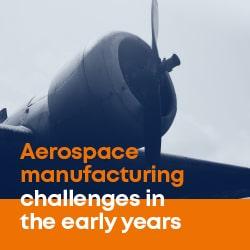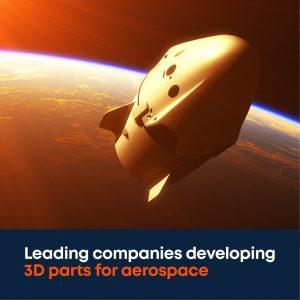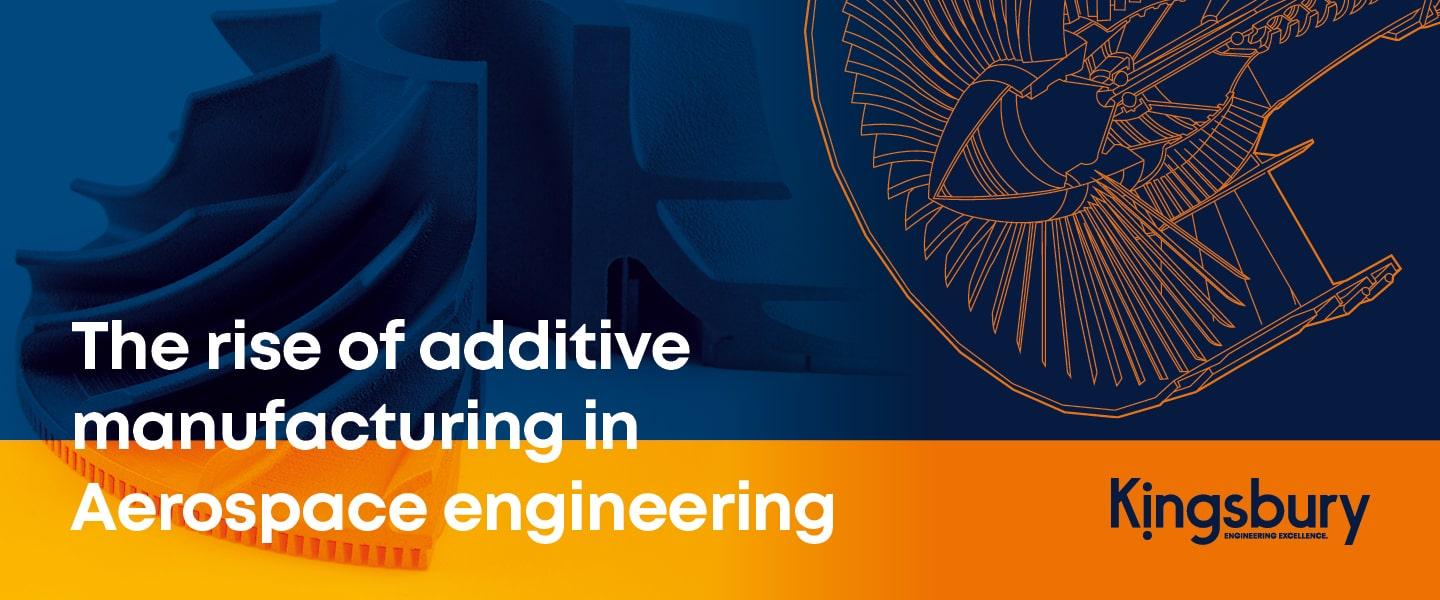How is additive manufacturing in the automotive changing things for OEMs?
Additive manufacturing (AM) in the automotive industry is growing at a...

Manufacturing Challenges In The Aerospace Industry Over The Years
The history of the aeroplane may start with the Wright brothers’ histo...

Applications Of Additive Manufacturing In Aerospace
In recent years, additive manufacturing (AM) has been in development i...
